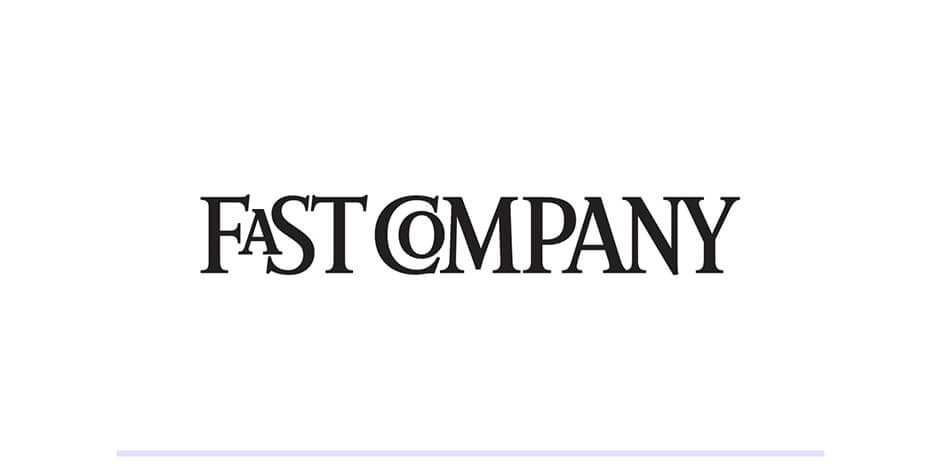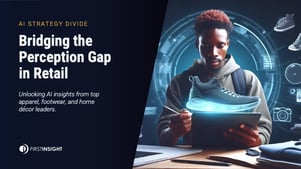People may seek out the sustainable version of a product they’re interested in, but no one is in the market for a product just because it’s sustainable.
If you ask a person on the street if sustainability is important to them, you are likely to get a resounding “Yes.” According to NeilsenIQ, “78% of consumers say a sustainable lifestyle is important to them,” while First Insight notes that “62% of Gen Z shoppers prefer to buy from sustainable brands, and a staggering 73% are willing to pay more for sustainable products.”
This may lead some to believe that the key to success nowadays is putting sustainability first and foremost. Since it’s so overwhelmingly popular, if you’re looking to create a product, it’s natural to think that ideation should center around making the world a better place. And I have seen this in action. I’ve spoken with those trying to start a business or searching for a role in a start-up, and they prioritize sustainability over everything. However, this kind of thinking misses a crucial part of how companies win over consumers.
What I think companies must do is separate their vision statement from their mission statement.
Vision Statement: The value of the product for the consumer.
Mission Statement: The beneficial byproduct of a successful vision statement, whether that be social or environmental.

What Retail Executives Say About Supply Chain Disruption: Shortages, Pricing and Delays
We partnered with The Wharton Baker Retailing Center to create a comprehensive infographic exploring our findings.
View the Infographic
The State Of Consumer Spending: Gen Z Influencing All Generations To Make Sustainability-First Purchasing Decisions
We partnered with The Wharton Baker Retailing Center and asked consumers in the U.S. how sustainable practices are impacting shopping habits and purchase decisions.
Read the Report
InsightSuite for Small Business
Specialized Tools for Small & Emerging Businesses
The fastest and most cost effective way to increase sales, profits and sell-in for growing businesses and digitally native brands.
Learn more
Maximize Value, Speed & Profit
Learn how to leverage Voice of the Customer Analytics and 3D Product Creation to make more profitable products, faster.
Get the Free E-book
Kohl's Creates Value W/Predictive Analytics
Learn How First Insight's Predictive Tools Fuel Kohl's Success
As one of the world's leading omnichannel retailers with more than 1,100 stores in 49 states, Kohl's is leveraging First Insight's predictive analytics solution and voice-of-the-customer data to improve their business.
Watch the Webinar
Consumer Sustainability Survey 2021
The First Industry-Wide Consumer Study On Shoe Sustainability
This industry-wide survey aims to create a critical baseline that brands and retailers can use to ensure they understand what consumers actually comprehend, what terms and phrases resonate best, and what areas they should prioritize.
Download the Webinar & Findings
Navigating Disruption
How The Rockport Company is Optimizing Assortments and Pricing with Data + Digital Product Testing
Learn how The Rockport Company created a new product playbook powered by the Voice of the Customer and predictive tools.
View the Webinar & Highlights
HOTTER SHOES ATTRACTS YOUNGER AUDIENCE VIA ‘VOICE OF CUSTOMER’ ANALYTICS
While the Covid-19 pandemic hit most retailers hard, it created uniquely intense challenges for Hotter Shoes. Hotter needed to build up its e-commerce presence and appeal to a new group of shoppers at the same time.
Read the Case StudyThe vision statement is the story that consumers see, and which helps them understand why they should buy what you’re selling. This should be the primary objective of a company. If that vision is successful and begins to gain traction, consumers will begin to see the mission statement automatically. Companies may have a very strong and admirable mission statement, but they will only receive support from consumers once their vision succeeds.






